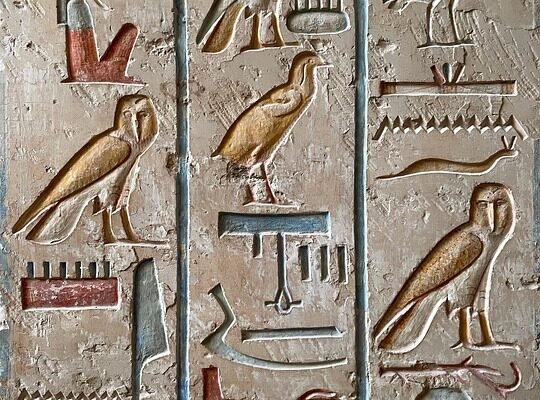

The Real Artifact Behind ‘Indiana Jones’
The ancient Archimedes Dial, also known as the Dial of Destiny Artifact, is a remarkable piece of ancient engineering that has fascinated scholars and adventurers for over 2,000 years. Discovered within the wreckage of a ship off the Greek island of Antikythera in 1900, this enigmatic device showcases unparalleled precision and technological advancement. While the world awaited the invention of mechanical clocks for centuries, the Antikythera mechanism had already harnessed intricate technology to chart the movements of celestial bodies, serving as a celestial calculator and a tool of prediction.
The history of the Archimedes Dial of Destiny dates back to a Greek trading vessel sailing between 70 and 60 B.C.E. The ship, laden with luxurious cargo, sought refuge on the island of Antikythera during a storm, where it eventually sank and remained hidden beneath the waves for centuries. In 1900, sponge divers stumbled upon the shipwreck and discovered a treasure trove of artifacts, including the intricate Antikythera mechanism. Initially encased in a corroded clump of metal, the true significance of the device was only realized in 1902 when experts began studying the 82 surviving fragments using X-rays, CT scans, and other tools. Scholars believe the device dates back to around 200 to 60 B.C.E.
The Antikythera mechanism, housed at the National Archaeological Museum in Athens, is a complex piece of machinery with gear wheels, dials, and pointers that allowed users to track the motions of the sun, moon, and planets in the sky. By turning the handle, individuals could travel backward and forward in time, revealing the positions of celestial bodies, dates, and even predicting events like eclipses and the timing of athletic competitions. This ancient device, with its intricate bronze gear wheels and detailed inscriptions, provided a multifaceted view of ancient Greek philosophy and astronomy, offering insights into the cosmos and the workings of the universe.
In popular culture, the Archimedes Dial of Destiny has been featured in fictional works like the Indiana Jones franchise, where it is portrayed as a time-traveling device with supernatural capabilities. However, to truly appreciate the marvel of the Antikythera mechanism, one must delve into its rich history and intricate design, separating fact from fiction.
The influence of Archimedes, a renowned Greek mathematician and inventor, is central to the debate surrounding the creation of the Antikythera mechanism. While Archimedes lived before the estimated creation of the device, his profound knowledge of mechanics has led some to attribute the technology used in the device to him. The complex functions of the Antikythera mechanism, including its ability to predict celestial events and track the movements of celestial bodies, played a pivotal role in shaping the worldviews of ancient Greeks, transitioning from mystical interpretations of the cosmos to a more scientific understanding.
Despite ongoing mysteries surrounding the intricate details of how the Antikythera mechanism operated, the device remains on display at the National Archaeological Museum in Athens, captivating visitors with its beauty and intricacy. In conclusion, the Archimedes Dial stands as a testament to the ingenuity of ancient Greek engineering, shedding light on a previously underestimated realm of ancient technology and continuing to inspire fascination and ongoing research.







